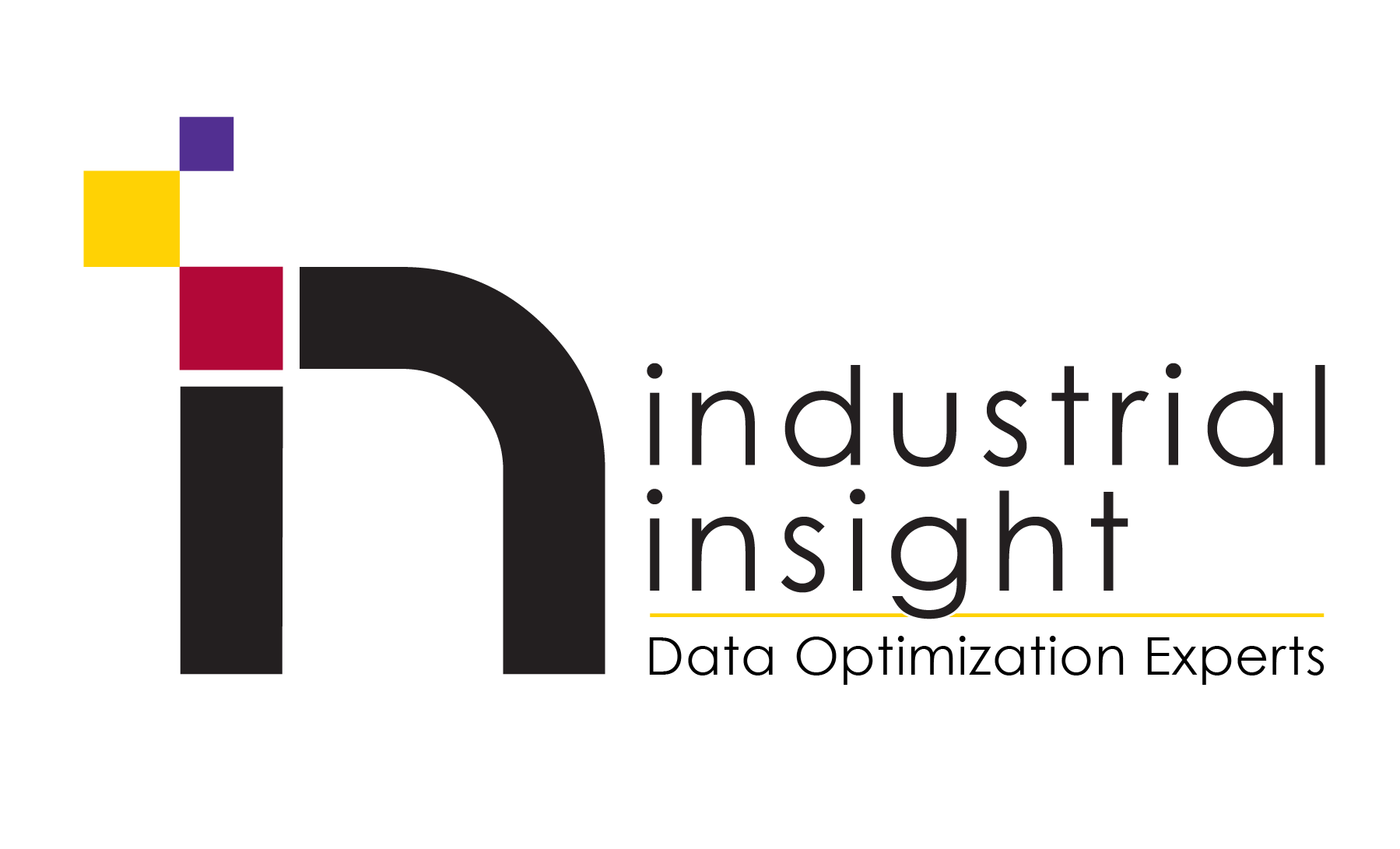IIoT - How Cloud is Changing the Landscape - Part 1
- Lisa Hemme
- Sep 21, 2015
- 3 min read
This blog originally posted on Jim Gavigan's LinkedIn page here.

I recently read an ISA article on the Industrial Internet of Things (IIoT) and this is the third installment to a 4 part series of commentary on the article. There is a lot of great information in the article, and I am giving a "view from the ground" on several highlights from it.
Regarding the cloud, the article states:
"By adding cloud-based solutions, this existing information infrastructure could become the basis for securely sharing certain information with the asset vendors. Companies can take advantage of public cloud services such as Microsoft Windows Azure. These can be a secure private computing platform for software-as-a-service applications that could help ensure that only certain information is shared with specific trusted vendors who can subscribe, subject to constraints and conditions, and possibly payment of service fees. This approach eliminates having to wait for standard ways of doing things to emerge, which in any case, would not likely easily accommodate legacy assets."
"The cloud-based solution enables immediate participation in a company’s connected asset value chain. Asset vendors can monitor their products’ real-time performance “in-service,” and act upon the information gathered from these assets to better serve their customers."
There are other things to consider beyond just the asset value chain and the asset value chain deserves its own post. Therefore, let’s consider other opportunities for cloud offerings.
Because of what the cloud offers, there’s an opportunity to not be required to host an on premise solution and manage server-based software installations as was the norm of the past. Software companies that have typically delivered only on premise solutions are migrating their offerings to SaaS or hybrid SaaS solutions. In my career, I have talked to numerous companies or other entities that wanted all of the benefit of the software solution without having the management overhead and training to implement the solution. They simply wanted the system to be available and be able to get the data from the system at any time securely. They also wanted all of the benefit of being a user, without the cost and overhead of being an administrator. This applied not just to service companies with domain expertise in a particular field, but also to small manufacturing sites, small municipalities in the utility industry, universities, hospitals, and other large campuses as well. There will be a host of new users that can now afford and get value out of a SaaS solution.
There are also numerous companies out there that are hosting cloud based analytics solutions like (certainly not a comprehensive list, but at least this names some of the players):
IP Leanware
Tableau
Microsoft Azure Machine Learning
Tibco Spotfire
SAP, IBM, SAS, and GE are all offering cloud based analytics solutions as well. My goal isn't to present an exhaustive list, but more just to educate that cloud based analytics as a market has exploded over the last 5 years. The thing I have noticed about nearly all of them is they don't care about the data source that the data comes from and the ability to merge real-time data from the plant floor with customer behavior, maps, financial data, and other data is the norm. I haven't even begun to discuss open source tools like MongoDB, Cassandra, and Hadoop as potential "roll your own" analytics engines as well.
So, for larger companies with many assets and millions of data streams, these open source cloud based offerings have the potential to add a tremendous amount of value at a lower entry cost. The tradeoff will be that they will need larger teams of developers and data scientists to reap the benefits of the open source tools. It will be interesting to see which technology type wins - the more "roll your own" open source tools or the off the shelf tools that some companies have already built. Regardless, the cloud is opening up new opportunities for doing massive scale analytics that simply weren't available even just a few years ago.
My next and final installment of this series will offer perspective on the connected asset value chain, as cloud based technologies and opportunities for data sharing between vendors, manufacturers, and end customers will be unprecedented. These relationships will change dramatically and the companies that adopt early and are aggressive at exploiting this potential information flow stand to gain much and gain a significant competitive advantage in the marketplace.


Comments